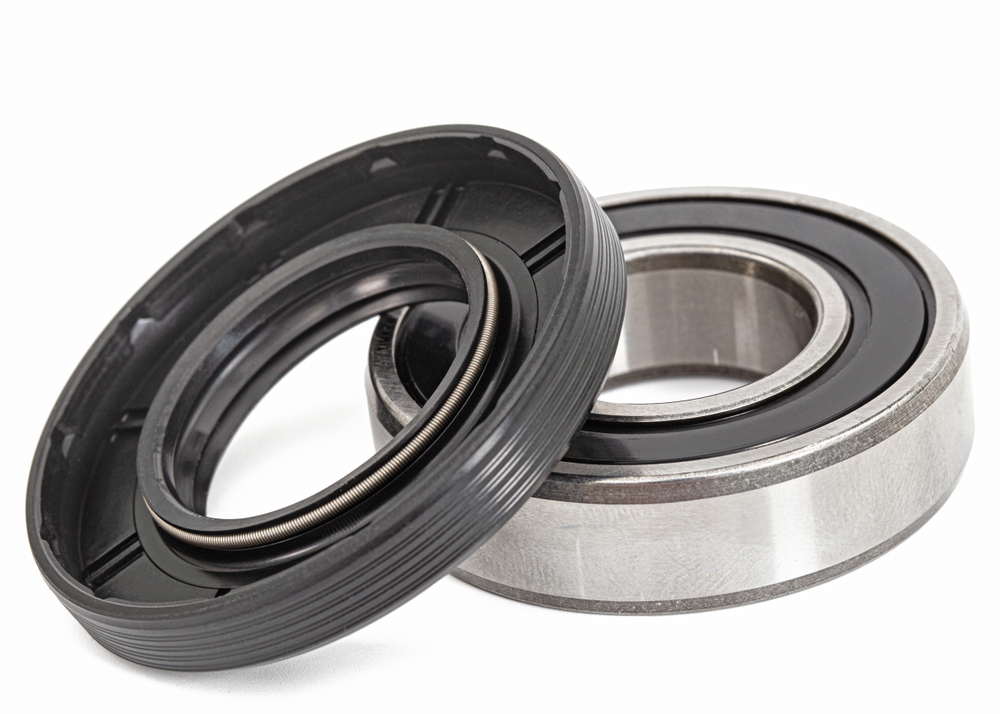
The auto manufacturing industry is one of the top users of rubber. The demand for cars has skyrocketed in recent years, but that’s not the only reason for rubber’s extensive usage in this ever-growing industry. Rubber is chemical resistant, abrasion tolerant, incredibly durable, and flexible, making it the go-to material for making key auto parts. Keep reading to learn how rubber is utilized in the auto manufacturing industry.
Reliable and safe autos demand top-notch parts. These components must have properties of endurance and high performance since cars frequently encounter tough terrains, different types of chemicals, extreme temperatures, and everything in between. Rubber is the one component that fulfills these requirements to a tee — as long as you pick the right quality.
Let’s look at the top five rubber uses in the auto manufacturing industry.
1. Engine Seals
The engine, as a whole, is an incredibly powerful component. However, it can’t do much without oil, air, and a special coolant, which enter and leave through its internal and external passages. The best engine seal is the one that is versatile and multi-faceted. In other words, it should be capable of retaining oil, air, and coolant inside the engine, absorbing engine heat and compression, and preventing any dirt or contaminants from entering the engine.
2. Rubber Grommets
Like engine seals, grommets’ functions mainly revolve around the engine. Given how crucial the engine is, it’s no surprise that it has many cables and wires running through it. Rubber grommets work by protecting these cables from the extreme vibration of the engine. If left unprotected during repeated shaking, these cables risk breaking down or cracking, which could be catastrophic for the driver and passengers.
3. Fuel System Seals
Throughout fuel systems, rubber seals’ wear and extrusion resistance make them an excellent choice to protect crucial components. These seals can have either o-ring or rectangular cross-section designs, depending on their use. Fuel system seals prevent gaskets from breaking and coolant and oil from leaking out. They are also used to protect the fuel from escaping the injection pipe.
4. Engine Cooling Seals
Rubber seals’ tolerance to high temperatures and exposure to cooling fluid, oils, and fuels make them optimally suited for engine cooling-related applications. Specifically, if the engine is not appropriately cooled, it will eventually break down due to overheating. Seals in engine cooling systems help seal porous surfaces, ball valves, the radiator tank, and more, keeping temperatures low enough for optimal engine operation.
5. Bushings
Lastly, rubber can be used in the manufacture of auto bushings. Also called anti-vibration or flexible mountings, bushings act as cushioning between car parts. Thus, they considerably reduce noise and vibration inside the car, keeping the occupants comfortable throughout. Bushings are also perfect for controlling the degree of movement in the joints. This ensures that there isn’t too much friction that could possibly keep the car from moving or worse, loss of control of the vehicle.
If you’d want to learn more about this topic or related ones, Apple Rubber’s blog would be a great stopover; experience the subject matter mastery of top-tier engineers without spending a dime.
Auto Components Are Only as Good as Their Rubber Quality
Lightweight but highly resistant to high temperatures and many types of chemicals, rubber is frequently chosen for auto manufacturing applications due to its dependable performance in harsh environments. For this reason, it’s important to only invest in auto components made with high-quality rubber. Any form of complacency here could lead to unpleasant repercussions down the road, including high manufacturing costs and decreasing long-term profitability. Only partner with a tried, tested, and experienced rubber supplier — your company’s future hinges on it.
Leave a Reply